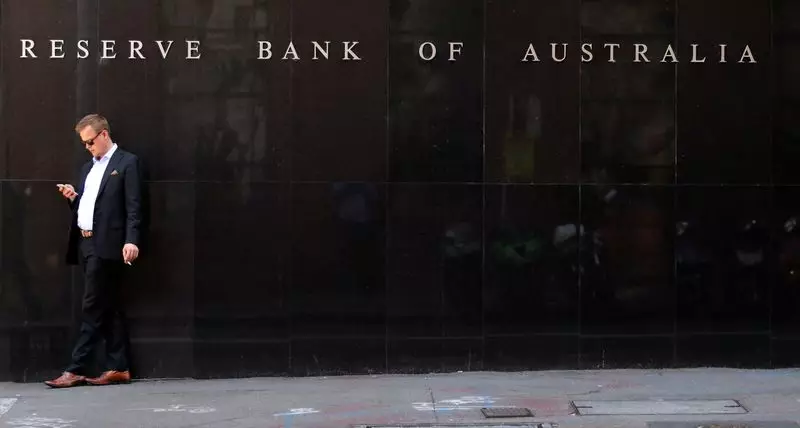The contemporary economic climate in Australia remains a complex interplay of factors, particularly in relation to inflation and the expectations surrounding it. The Reserve Bank of Australia (RBA), under the guidance of its officials, has been closely monitoring inflationary trends and their corresponding expectations among the populace. In a recent address delivered by Assistant Governor Sarah Hunter in Sydney, she elucidated that the RBA does not presently foresee any immediate risk of inflation expectations becoming de-anchored—a term denoting a disconnect between settings of policy expectations and the realities of economic conditions.
Hunter emphasized that recent research indicates that Australian households appear to be more resilient to rising inflation than initially anticipated. Rather than becoming alarmed over short-term fluctuations, many citizens seem to retain a measured outlook on future inflation. This notion is pivotal as it underlines a crucial element of economic psychology—how expectations can shape actual outcomes. The de-anchoring of inflation expectations might lead to adverse effects, like a wage-price spiral, which central banks strive to avoid.
The RBA’s analysis also suggests a weak correlation between wage growth expectations and inflation forecasts. This finding is significant as it implies that rising wages may not necessarily propel inflation further if expectations remain stable. The commitment of the RBA to accurately track these evolving expectations will be essential for making informed policy decisions in the coming months.
Since November, the RBA has opted to keep interest rates unchanged at a 4.35% rate, which represents a significant increase from the dramatic low of 0.1% necessitated by the pandemic’s economic disruptions. The current rate is viewed as sufficiently restrictive to help guide inflation towards the targeted range of 2%-3% without jeopardizing employment gains. This balancing act can be challenging for central banks, where the dual mandate of managing inflation while ensuring stable employment often complicates policy-making.
One of the main concerns for policymakers remains the persistently elevated underlying inflation rate, which currently sits at 3.9%. Such a scenario raises doubts about achieving the midpoint of the RBA’s inflation target by 2026. Market expectations, as denoted by swaps, project only a 40% probability for a potential interest rate cut in December, signaling a cautious approach to monetary easing.
While the current outlook remains optimistic regarding the anchoring of inflation expectations, the RBA acknowledges the importance of vigilance. The evolution of household beliefs about future inflation and associated economic conditions must be continuously assessed to preemptively identify any emerging risks. The central bank’s proactive stance in research and policy frameworks reflects a dedication to maintaining stability in an uncertain economic environment.
The RBA’s recent communications point to a measured approach in its inflation management strategy. While concerns linger over persistent inflation rates, the central bank remains committed to fostering expectations that align with its targets, thereby underpinning both economic stability and growth. As global economic conditions evolve, the RBA will likely need to remain adaptable to successfully maneuver through potential economic turbulence in the future.

